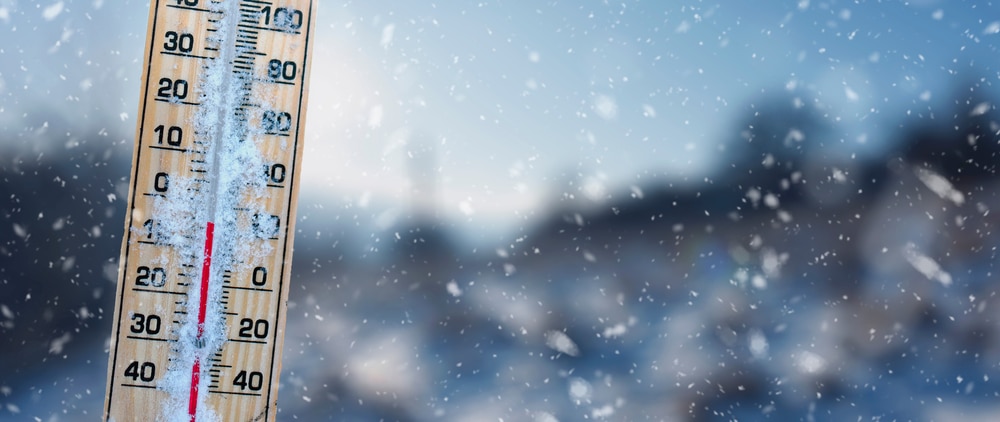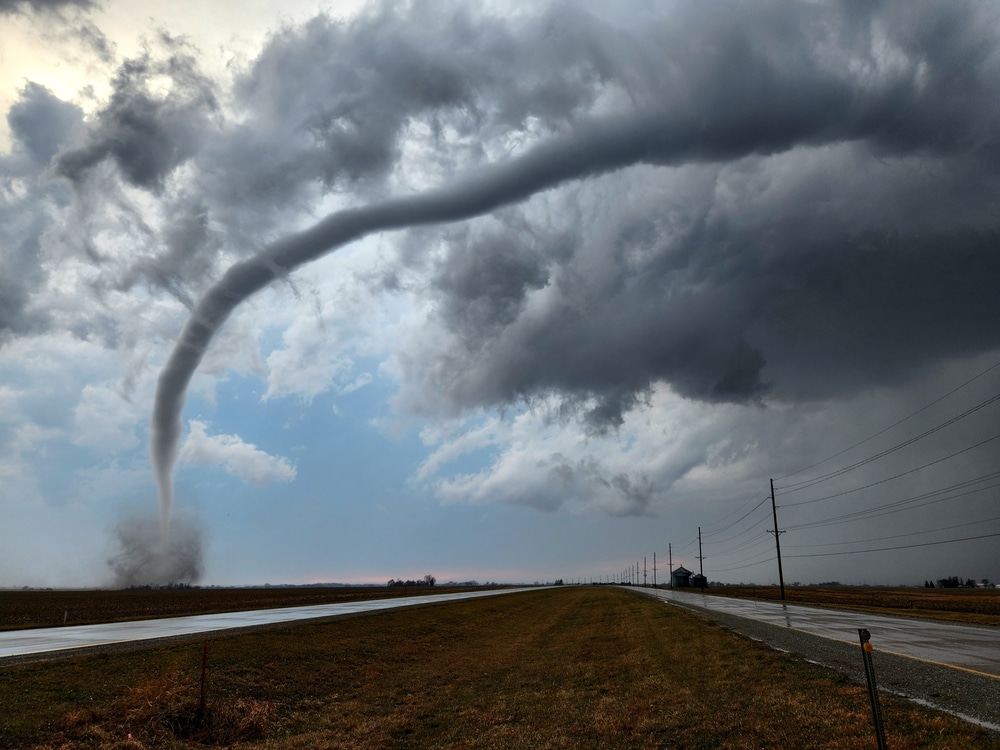An Arctic blast that’s sweeping through North America is heightening the risk of blackouts. With more cold still in the forecast, electric grids from Texas to Alberta will continue to be under strain and some power prices have surged.
In Texas, which is facing one of its biggest grid tests since deadly winter blackouts in 2021, power demand on Sunday from homes and businesses is expected to hit a winter record of more than 75 gigawatts — and then later in the week possibly set an all-time record.
The state’s grid operator asked people to conserve electricity use for Monday morning and warned of a power capacity shortage between 7 a.m. and 9 a.m., “which causes a risk” of an energy emergency event, according to a notice Sunday evening.
Still, state officials have said they aren’t anticipating a grid emergency.
In Washington State and Alberta — where more than 1 million people saw Calgary temperatures at noon local time below minus 20F (-29C) — utilities and grid operators have been making pleas for consumers to conserve energy.
Already, more than 250,000 US homes and businesses were without power Sunday late afternoon, with outages concentrated in Oregon, Michigan and Pennsylvania, according to PowerOutage.us, a website that tracks utility outages.
Read More: Frigid Weather Hammering the US Threatens to Upend Iowa Voting
Cold can hobble electric grids in two ways. First, the teeth-chattering temperatures prompt people to crank up their heat, sparking a demand surge.
At the same time, the extreme conditions can also mean that energy supplies get disrupted as freezing weather can cause temporary shut downs or production curbs.
On Friday, US natural gas futures settled at the highest in more than two months amid the weather concerns.
One bright note is that US inventories are well stocked as demand for the heating fuel had been dampened by relatively mild winter weather until now.
Power prices, meanwhile, are surging in some places.
The US Pacific Northwest had the highest prices Sunday, with spot power trading in the afternoon around $1,000 a megawatt-hour near Seattle and Portland, Oregon.
That’s about ten times higher than the day-ahead price for the same time, according to data from the California Independent System Operator.
For Texas — during the tightest period on Monday — the average grid price of electricity on the state grid rose to $1,072 a megawatt hour for supplies secured in the day-ahead market Sunday, from about $79 a day earlier, Ercot data show.
Texas is a particular focus because the current blast is one of the few freezes to hit the state since an extremely cold system in February 2021 killed more than 200 people and left millions blacked out for days amid failures in the state’s power and natural gas infrastructure.
Texas, known for its blazing hot summers, has never set an all-time demand record in winter.
“Anytime we get these cold shots in Texas, the electric grid is going to be in heightened alert,” said Tyler Roys, a senior meteorologist at AccuWeather Inc. “What makes it trickier this week is there’s going to be ice across central and eastern Texas.” He expects the ice to start Sunday afternoon and extend into at least midday Monday.
Ahead of winter, Texas Governor Greg Abbott and Ercot Chief Executive Officer Pablo Vegas said reforms in the aftermath of the 2021 freeze would ensure sufficient electric supply.
But some critics of the operator have contended the reforms tacked on billions of dollars in costs without meaningfully boosting reliability.
Power generators “have never been as prepared for a winter event as they are today, including having a secondary source of fuel available,” Abbott said on Friday.


















